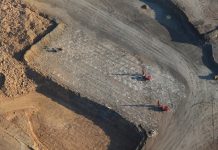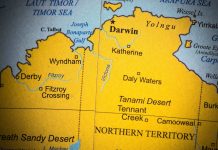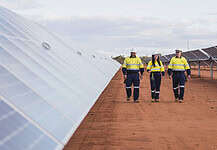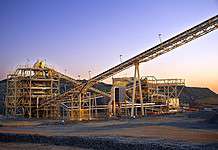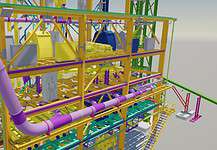Image: AngloAmerican.
BY CAMERON DRUMMOND
STEADY decline in iron ore prices is expected over the next five years, with a targeted drop in production from the world’s largest steelmaker China and new ore production from mega projects in Australia and Brazil sparking oversupply fears.
Surging iron ore prices during 2016 saw the commodity reach more than $US80 per tonne (t) for the first time since October 2014 after hitting a record low of $US38.50/t in January last year.
The 62 per cent Fe Qingdao spot price had jumped more than 100 per cent, and by February 2017 had peaked at $US94.86 – its highest level since 2014 – according to a Metal Bulletin report.
The price rally – which consistently ignored widespread bearish forecasts in 2016 – had been largely attributed to burgeoning infrastructure investment in China and a slowdown in the country’s supply growth.
According to Platts, continued strength in China’s steel market had caused iron ore prices to rise as mills pursued productivity to maximise margins.
China imported 91.98mt of iron ore in November 2016; up 12 per cent year-on-year and 13.7 per cent from the previous month, according to government data released in December by China’s General Administration of Customs.
However on 5 March, Chinese Premier Li Keqiang announced a 50 million tonne (mt) cut to steel production for 2017.
The Chinese Government said it aimed to close between 100mt and 150mt of annual steel capacity by 2020.
This, coupled with the addition of recently ramped up mega projects such as Hancock Prospecting’s Roy Hill, AngloAmerican’s Minas Rio and Vale’s S11D, has led to oversupply fears that could continue to drive down prices during 2017.
Off the cuff of its production ramp up at S11D, Vale hit a fresh record quarterly production high of 86.2mt for the March quarter; 11.6 per cent higher than the previous corresponding reporting period.
BHP also recently announced plans to increase production from the WA Pilbara and had lodged a submission to increase its export license from 270 million tonnes per annum (mtpa) to 275mtpa, and again to 290mtpa in the 2019 financial year.
Rio Tinto’s new Silvergrass mine is also due for completion mid-year, adding an extra 10mtpa to its iron ore shipments.
A recent BMI Research report stated iron ore prices would continue to slide for at least the next five years, averaging lower each year through to 2021.
BMI said expected rising supplies from Australia and Brazil would see the commodity drop to an average of $US70/t this year, $US55/t in 2018, and down to $US46/t by 2021.
Signs of this were already showing – a 12 per cent drop in value in March, and further decline through April saw iron ore continue its downward trend to trade at $US66/t by 25 April.
In the last month, the four largest iron ore producers had already seen lower prices affect company value.
Vale was down 6 per cent in the month to mid-April, with Fortescue Metals Group down 2.6 per cent over the same period.
BHP Billiton and Rio Tinto had also seen a drop in share price.

